In the period of the coronavirus epidemic, wear a textile face mask in all social settings where you may meet more people, such as in supermarkets, pharmacies, public transportation. For people over 65 wearing cloth masks washable at high temperatures is recommended whenever they leave their homes. Masks should also be worn on occasions when you are away from home only for a short time, eg. when you are taking the rubbish out using the common areas of the building (staircase, entrance hall, etc.). This is necessary because this protective garment prevents the spread of the virus.
Face masks can easily be made from cheap and easily available materials often found at home, while following some simple rules.
ATTENTION!
Cloth face masks should not be worn by children under the age of 2 or by anyone who has difficulty breathing, is unconscious, incapacitated or otherwise unable to take the mask off without help. Keeping the above in mind, it is worth making several masks for your family members and friends.
What is a good face mask like?
Cloth face masks should…
- fit snugly but comfortably against the side of the face
- be secured with ties or ear loops
- include multiple layers of fabric
- allow for breathing without restriction
- be able to be washed at 60 degrees and machine dried without damage or change to shape
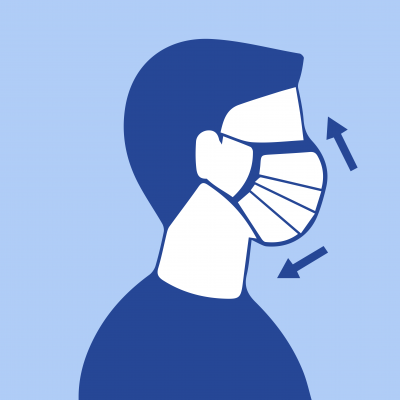
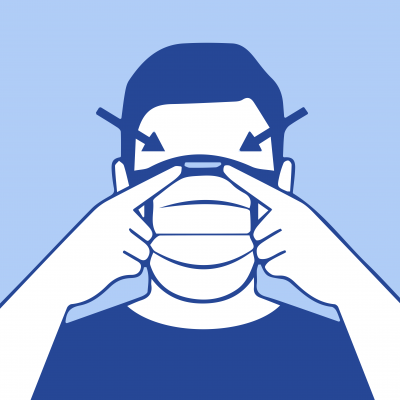
Should cloth face coverings be washed or otherwise cleaned regularly?
It is important to wash face masks after every use. Semmelweis University recommends that masks be washed at a minimum of 60 degrees.
How should a used cloth mask be safely removed?
You should be careful not to touch their eyes, nose, and mouth when removing their face covering and wash hands immediately after removing. If the mask is not washed immediately, keep it in two nylon bags separated from everything else, preferably on the balcony or terrace.
Instructions for sew and no sew cloth face masks
SEWN CLOTH FACE MASK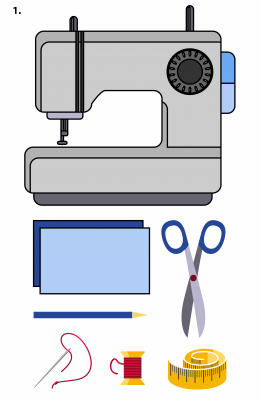
Materials:
- Two rectangles of cotton fabric approx. 10×6 inch
- Two pieces of elastic approx. 6 inch (or rubber bands, string, cloth strips, or hair ties)
- Needle and thread
- Scissors
- Sewing machine
TUTORIAL FOR SEWN CLOTH FACEMASK
- Cut out two 10-by-6-inch rectangles of cotton fabric. Use tightly woven cotton, such as quilting fabric or cotton sheets. T-shirt fabric will work as well. Stack the two rectangles; you will sew the mask as if it was a single piece of fabric.
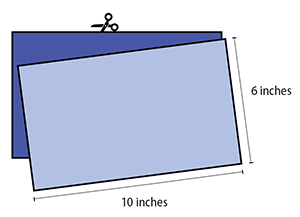
- Fold over the long sides ¼ inch and hem. Then fold the double layer of fabric over about ½ inch along the short sides and stitch down.
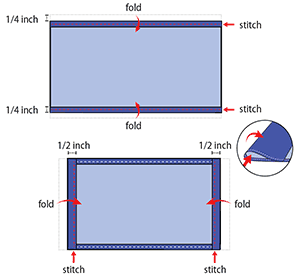
- Run a 6-inch length of 1/8-inch wide elastic through the wider hem on each side of the mask. These will be the ear loops. Use a large needle or a bobby pin to thread it through. Tie the ends tight.
If you do not have elastic, use hair ties or elastic head bands. If you only have string, you can make the ties longer and tie the mask behind your head.megkötni.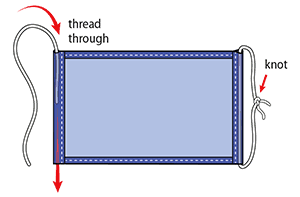
- Gently pull on the elastic so that the knots are tucked inside the hem. Gather the sides of the mask on the elastic and adjust so the mask fits your face. Then securely stitch the elastic in place to keep it from slipping.

QUICK CUT T-SHIRT FACE MASK
(no sewing needed)
Since face masks made without sewing have only a single layer, Semmelweis University recommends that you wear two of them at the same time by placing one on top of the other, overlapping.
Materials:
- T-shirt
- Scissors
TUTORIAL FOR T-SHIRT FACE MASKS



BANDANA FACE MASK
(no sewing needed)
Materials:
- Bandana (or any square cotton cloth of approx. 20×20 inch)
- Rubber bands or hair ties
- Scissors (if you need to cut out the cloth)
ÚTMUTATÓ KENDŐBŐL KÉSZÍTHETŐ ARCMASZKHOZ
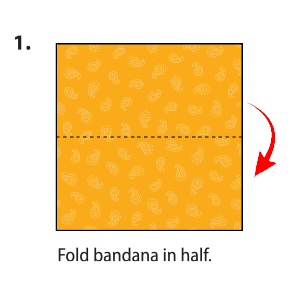
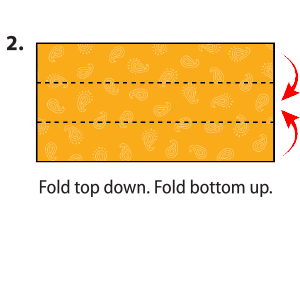
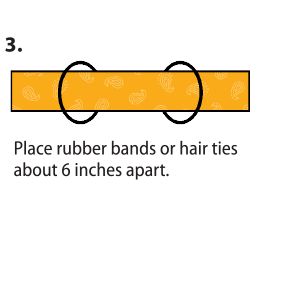
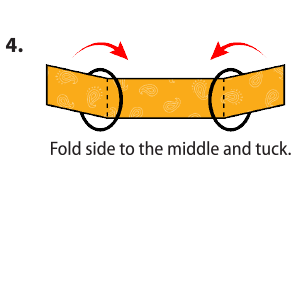
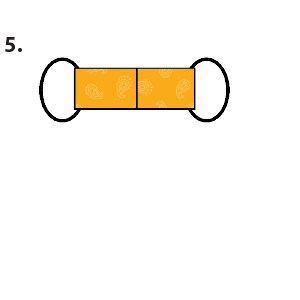
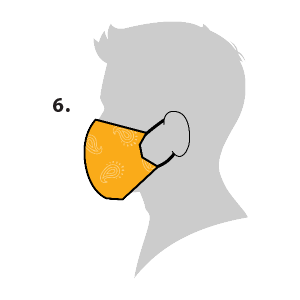
The face masks recommended here are not surgical masks or FFP2 particle filter face masks, but reusable masks suitable for everyday use in everyday social settings. Surgical masks and FFP2 masks are primarily designed for healthcare workers to provide safe patient care.
Source of the instructions and tutorials: Centers for Disease Control and Prevention